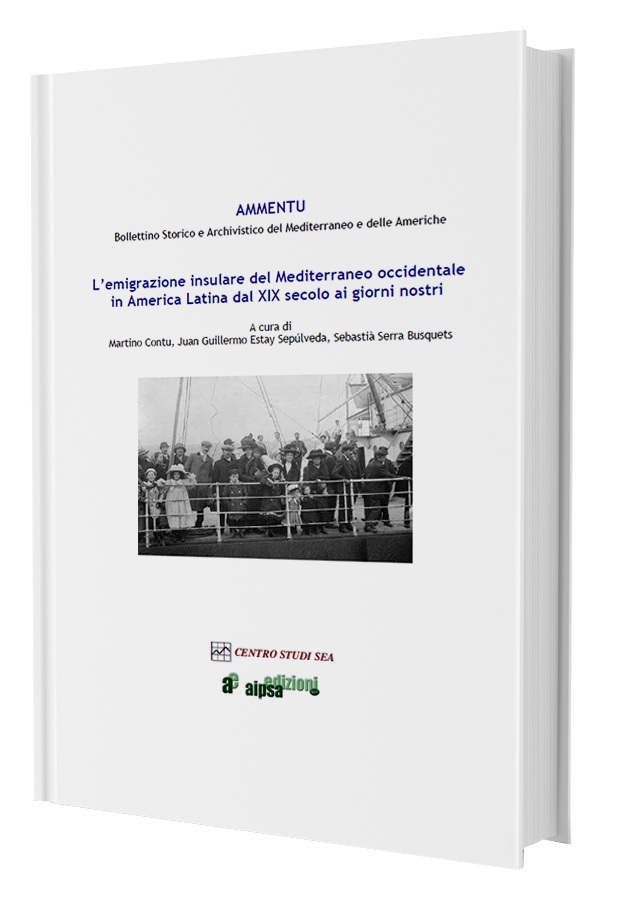Migration of fishermen, seamen and merchants from the Island of Capraia to Latin America in the XIX century
DOI:
https://doi.org/10.19248/ammentu.266Paraules clau:
Migration, Capraia, Corsica, Puerto Rico, Latin AmericaResum
Since the middle of the 16th century the Island of Capraia, located between the Island of Corsica and the coast of Tuscany, has been part of the Republic of Genoa. In the 17th century the inhabitants became fisherman, selling their catch as salted fish in Genoa, Corsica and Leghorn. In the first half of the 18th century with their small boats, called gondola, they developed an intensive mercantile traffic among Corsica, Genoa and Leghorn. Fishing and mercantile traffic brought to the island a sustainable economy with a growth of the population.Starting from the French revolution the inhabitants of Capraia were forced to leave their island due to the slowdown of the sea traffic and commerce with Genoa, Corsica, and the Tuscany coast.
In the first migration wave, between 1805 and 1820, the islanders moved first to Corsica and from there to France and Central America. A small group settled in the Island of Puerto Rico where from seamen they became small landowners. A second wave of migration, starting from the middle of the 19th century, was directed to South America, mainly Argentina, where they could make their living as seamen and merchants.
Descàrregues
Publicades
2017-12-30
Número
Secció
I PARTE - L’emigrazione insulare mediterranea: il quadro generale
Llicència
Observació sobre copyright
L’observació de copyright que consta a sota figurarà entre la informació sobre la revista i en les metadades de cadascun dels articles publicats. Si bé cada revista pot determinar amb total llibertat la forma i el fons de l’acord de copyright que subscriu amb els autors, el Public Knowledge Project recomana l’ús d’una llicència de Creative Commons. D’aquesta manera, es proporciona un exemple que pot copiar-se i pegar-se a l’espai de més a sota per a aquelles revistes que (a) ofereixen accés obert, (b) ofereixen accés obert diferit o (c) que no ofereixen accés obert.









